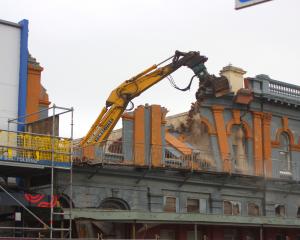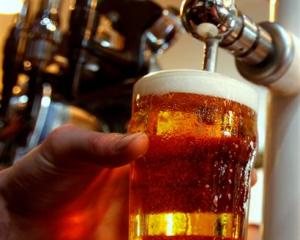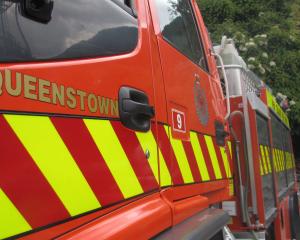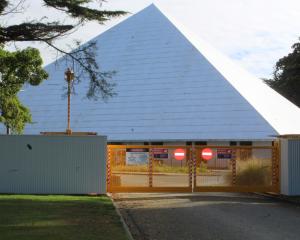Tourist boats in the pristine Milford Sound are contributing to a copper concentration so high it could kill 20 per cent of marine life in the port area, new research by NIWA suggests.
The Fiordland port is one of 24 nationwide where National Institute of Water and Atmospheric Research scientists warn of a significant threat to marine life caused by the leaching of copper from antifouling paints on vessel hulls.
Humans are also potentially at threat and an environmental watchdog is now evaluating if some marine paints should be banned.
Antifouling paints are applied to the surfaces of boats and slowly release chemicals into the water to prevent the build-up of aquatic pests such as plants and algae.
NIWA's modelling predicts "significant impacts" from the copper concentrations as a result of those paints and the levels are believed to be much higher than originally expected, principal scientists Dr Chris Hickey said.
The level of copper concentration in the Milford Sound port may be up to six times the guideline levels for protection of aquatic life, he said.
NIWA released its research findings today[25/01] after tests on Auckland marinas indicated its modelling was accurate.
The copper levels threaten to reduce the biodiversity inside marinas and harbour areas, killing some sensitive species such as shrimp, crayfish and juvenile shellfish, Dr Hickey said.
"The concentrations predicted and then subsequently validated [by the Auckland tests] ... were a lot higher than we would have expected," he said.
"There could be significant effects in those immediate areas."
Dr Hickey said the copper concentration in some of the Auckland tests was greater than the amounts from storm water inputs into the harbour.
Some antifouling paints used on boat hulls may be restricted from use in New Zealand, with an investigation currently underway by the Environmental Protection Authority (EPA).
The EPA commissioned the NIWA research as part of its investigation, which acting applications and assessment manager Johanne Spring says has already identified risks posed by some of antifouling paints.
Some of those risks may be managed by stricter controls being placed on their use, she said.
"However, our research also shows that the risks to human and environmental health from some antifouling paints may be so significant that they should no longer be permitted for use in New Zealand," Ms Spring said.
A report by the EPA on antifouling paints identifies chemicals that are suspected of being potentially harmful to humans.
The EPA has opened its investigation up to public submissions and expects to report on the paints by May.
Fiordland's Marine Environment chief executive Malcolm Lawson said the research would be considered by the Fiordland Marine Guardians.
"There are ecologically-significant species within the Milford Sound and I would be concerned if they were being subject to any high levels of contaminants," he said.
Further tests should be conducted at the Milford Sound port to confirm if the NIWA modelling was accurate, Mr Lawson said.
"At the moment this is a model but until such time as the actual testing has been carried out and results evaluated, it's very hard to decide on what the future action should be."
Real Journeys operations manager Paul Phelan said tourism operators would support testing the Milford Sound port for its level of copper concentration.
"If there's something untoward there I think people would be open to [testing to confirm copper levels]," he said.
"I think people would support that. We try to protect our resources and sustainability."
- Kieran Campbell











